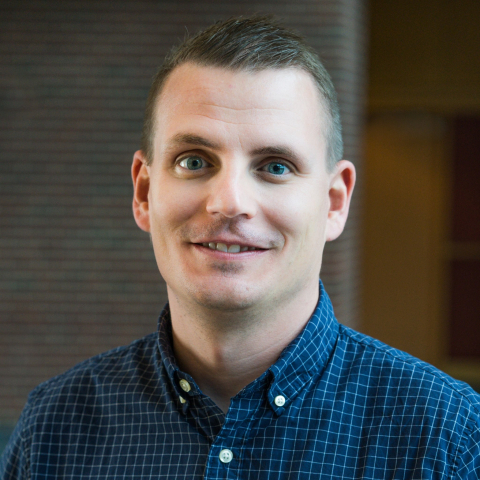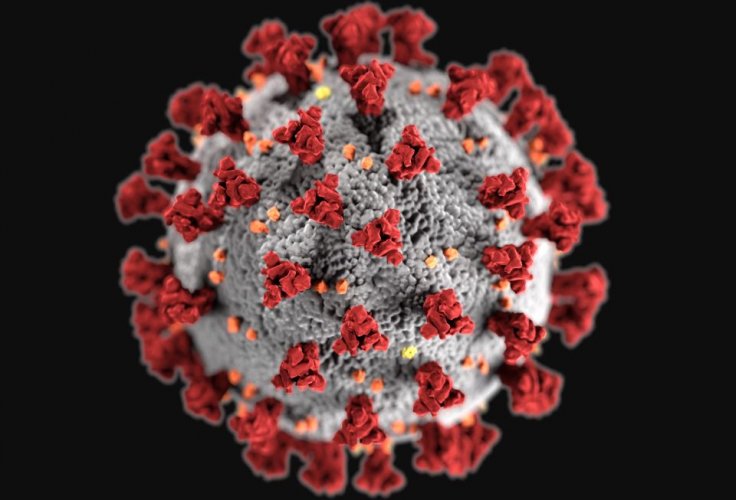It has been six months since the novel Coronavirus first emerged in China and we still don't have an effective vaccine or a treatment. At this time when some of the politicians are busy playing the blame games, and people are taking precautions to stay healthy, Pennsylvania State University professor explains his Coronavirus research process, in his lab which he thinks is safer than the outside world.
The concept of Coronavirus research has already triggered a panic in the world after unproven theories forced many people to believe that the outbreak took place after the virus escaped from the Wuhan Institute of Virology in China. But in the U.S. an Assistant Professor of Veterinary and Biomedical Sciences at the PSU, is currently researching on SARS-CoV-2, which according to him should not be "taken lightly."
Troy Sutton explained that he has been researching the Coronavirus for a while to develop a vaccine, as fast as possible. He mentioned that there are three layers of nitrile and protective materials between him and the virus and his body is wrapped in protective equipment while working at the lab. In addition, he said, "Thanks to these precautions and other features of our high containment lab, I'm not nervous about being up close and personal with this dangerous pathogen."

Coronavirus Research: Safe or a Threat?
The controversial 'batwoman' of China, Shi Zhengli faced criticism for similar research on Coronavirus at the Wuhan lab, which is the country's first biosafety level four laboratory. Similar to Shi, Sutton is also now researching on the virus in his lab to understand the pathogen. The U.S. researchers clarified that he works inside a high-containment biosafety level three-enhanced lab, with stringent precautions in place to protect everyone from the potentially deadly pathogens.
Sutton said his colleagues have told him that "they feel safer inside the containment lab than they do shopping for groceries during the pandemic." Their point of view can be described by an understanding of the biosafety levels, which are:

Sutton described that while working they first check multiple gauges and ensure that the facility is functioning properly. Then they enter into the changing room, remove all the clothes and then they suite up. He said, "Most importantly, we also put on our air-purifying respirators," which is a device that includes a utility belt that houses a motor attached to an air filter capable of filtering out any infectious agents in the air.
Powered by a battery pack that will last at least six hours, the respirator blows purified air up a tube into a hood that covers the entire head and shoulders. The hood is under positive pressure so no air from the environment can enter into their breathing space. "Once fully equipped, we enter the containment facility and proceed to our designated virus culture and animal holding rooms. This whole process has taken between 30 and 45 minutes," Sutton said.
After conducting the research operation, the materials used in the process are treated with bleach and stored safely. All the waste materials are sealed in a plastic bag and then treated in a pressurized, high-heat oven, autoclave, to ensure any remaining virus is dead.
He also explained that to leave the lab premises they remove a layer of gloves and protective equipment. All the researchers also need to make sure that they spray disinfectants on the suits and respirators. At the last step before leaving the lab, they also have to remove respirators and scrubs and "shower out" of the facility. They also boil the wastewater from the shower for an hour to kill any microorganisms.
As per Sutton, to get inside such a lab there are several processes that need to be followed. He himself underwent an extensive FBI and police background check to gain access to the lab for the first time. Sutton also said, "A rigorous training and testing process made sure I know how to handle agents like SARS-CoV-2 safely, as well as things like what to do during a fire, a bomb threat, and even a tornado."









